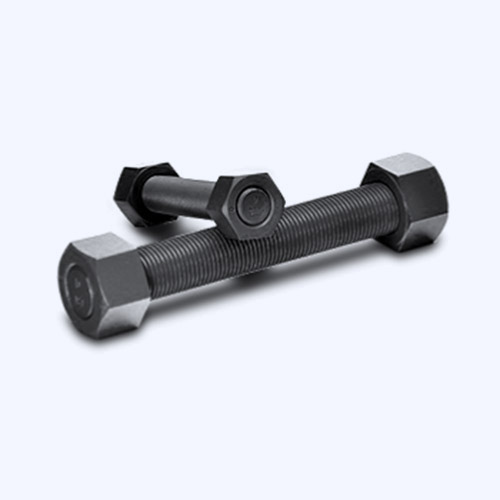Pro . 16, 2024 08:08 Back to list
Guide to Understanding Anchor Bolt Measurements for Construction Projects
Understanding Anchor Bolt Measurements A Comprehensive Guide
Anchor bolts are critical components in construction, enabling the secure attachment of structural elements to concrete foundations. These bolts are essential in various applications, including buildings, bridges, and industrial facilities. Given their importance, understanding anchor bolt measurements is crucial for engineers, construction professionals, and project managers. This article delves into the factors that influence anchor bolt measurements, types of anchor bolts, and best practices for installation.
What Are Anchor Bolts?
Anchor bolts are fixed in concrete, providing stability and strength to structures such as steel columns and machinery. Typically made of steel, they come in various shapes and sizes depending on the specific requirements of the project. The effectiveness of anchor bolts is determined by their dimensions, materials, embedment depth, and spacing.
Types of Anchor Bolts
Different types of anchor bolts exist, each designed for specific applications
1. L-Type Anchor Bolts Shaped like the letter L, these bolts are often used when a vertical load is expected. The bent end provides resistance to pullout forces.
2. J-Type Anchor Bolts Similar to the L-type, but with a hook at the end, providing additional resistance against tension forces.
3. Straight Anchor Bolts Typically used for heavy machinery anchoring, these bolts are embedded directly into the concrete.
4. Expansion Anchors Used in concrete applications without requiring full embedment, these anchors expand upon installation to create a secure hold.
Key Measurements for Anchor Bolts
When selecting anchor bolts, several critical measurements must be considered
1. Diameter The diameter of the anchor bolt affects its strength and load capacity. Common diameters range from 1/2 inch to 2 inches, but specifications may vary based on the application.
anchor bolt measurements

2. Length The length must be sufficient to provide adequate embedment into the concrete. This length typically includes additional length for the nut and washer system, if applicable.
3. Embedment Depth This refers to how deep the anchor bolt is set within the concrete. Proper embedment depth is crucial for ensuring the bolt can withstand the forces applied during use. Typically, the embedment depth is dictated by local building codes and structural requirements.
4. Spacing The distance between anchor bolts is also a vital measurement to consider. Insufficient spacing can lead to structural weakness and compromised load-bearing capacity.
5. Concrete Thickness Before installing anchor bolts, it’s essential to check the thickness of the concrete slab to ensure it can sufficiently hold the bolts without risking breakout failure.
Best Practices for Installation
Proper installation can significantly impact the effectiveness of anchor bolts
1. Planning and Design Before installation, consult structural engineers and adhere to local building codes. Proper planning helps determine the exact specifications for anchor bolts, considering loads, materials, and environmental factors.
2. Drilling and Placement Use the correct drilling techniques to ensure that holes are clean and free from debris. The hole diameter should match the anchor bolt’s specifications to prevent loosening.
3. Use of Templates When multiple anchor bolts are required in a specific layout, using a template can help ensure that they are installed at the correct spacing and alignment.
4. Checking for Proper Embedment Once installed, verifying that anchor bolts are at the proper depth is crucial. Use measuring tools to ensure compliance with design specifications.
5. Regular Inspections After installation, regular inspections will help identify any issues early, such as corrosion or loosening, thus ensuring long-term performance.
Conclusion
Understanding anchor bolt measurements and their implications is essential for successful construction projects. By considering factors such as type, diameter, length, embedment depth, and spacing, construction professionals can ensure a robust and secure foundation for their structures. With proper planning, installation, and maintenance, anchor bolts will provide the necessary stability and safety for years to come.


